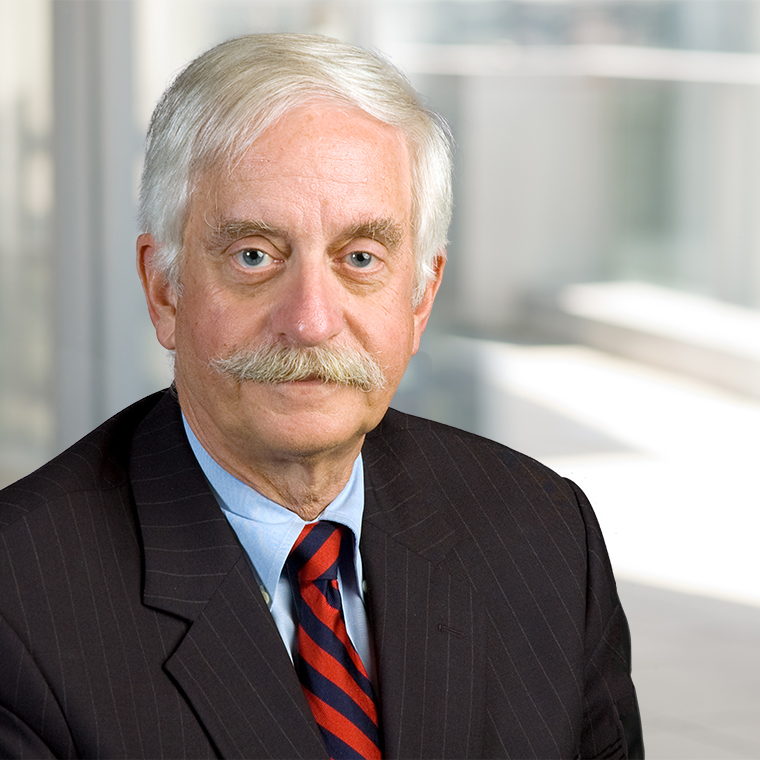As largely expected, the Supreme Court today held that the claims of Bernard Bilski's and Rand Warsaw's patent application were not directed to patentable subject matter. Bilski v. Kappos, --- U.S. --- (June 28, 2010). Although the justices were unanimous regarding Bilski's application, the overall opinion was not. Only the Chief Justice, and Justices Thomas and Alito joined the opinion (Justice Scalia joined some parts) and Justices Stevens and Breyer filed concurring opinions.
Although affirming the outcome, the Supreme Court reversed the Federal Circuit's 2008 decision that the sole test for determining whether a process or method claim was directed "to patent eligible subject matter" was whether the claim "is tied to a particular machine or apparatus, or ... transforms a particular article into a different state or thing." In re Bilski, 545 F.3d 943 (Fed. Cir. 2008). The majority opinion said that although the "machine or transformation test" might well be sufficient for evaluating processes similar to those of the "Industrial Age," "there are reasons to doubt whether the test should be the sole criterion ... in the Information Age."
Even though it may not be the "sole test," all nine Justices believed that the "machine or transformation test" was an important part of the analysis. The majority described it as "an important and useful clue"; four concurring Justices observed that "few if any processes cannot effectively be evaluated using these criteria"; and Justice Scalia joined with Justice Breyer's summary that "it is my view that, in reemphasizing that the 'machine or transformation' test is not necessarily the sole test of patentability, the Court intends neither to deemphasize the test's usefulness nor to suggest that many patentable processes lie beyond its reach."
The majority held that §101 does not categorically exclude business method patents, but noted that "while §273 [of the patent statute] appears to leave open the possibility of some business methods patents, it does not suggest broad patentability of such claimed inventions."1
With respect to Bilski's claims, the Court said claims 1 and 4 were directed to an unpatentable abstract idea, just like the algorithms in Benson and Flook, and that the remaining claims, addressed to examples of how hedging can be used in commodities and exchange markets, "add even less to the underlying principal than the invention held patent ineligible in Flook did."
Because it was able to reject Bilski's patent application as an abstract idea, the Court found it unnecessary to "define further what constitutes a patentable 'process' beyond pointing to the definition of that term in §101 and looking to the guideposts in Benson, Flook and Diehr."
The Court did say, however, that "nothing in today's opinion should be read as endorsing interpretations of §101 that the Court of Appeals for the Federal Circuit has used in the past. See, e.g., State Street, 149 F.3d at 1373; AT&T Corp., 172 F.3d at 1357. It may be that the Court of Appeals thought it needed to make the machine-or-transformation exclusive precisely because its case law had not adequately identified less extreme means of restricting business method patents, including (but not limited) to application of our opinions in Benson, Flook and Diehr."
The Opinion of the Court concluded by saying that "we by no means foreclose the Federal Circuit's development of other limiting criteria that further the purposes of the Patent Act and are not inconsistent with its text."
1 The Opinion of the Court is relatively short, only 10 pages. Justice Steven's concurring opinion, joined by three other Justices, is much longer (47 pages) and with one more vote likely would have been the Opinion of the Court. Justice Stevens found the Court's reliance on §273 a "red herring." More broadly, he said that "the wiser course would have been to hold that petitioner's method is not a 'process' because it describes only a general method of engaging in business transactions—and business methods are not patentable" and that "more precisely, although a process is not patent-ineligible simply because it is useful for conducting business, a claim that merely describes a method of doing business does not qualify as a process under §101"
